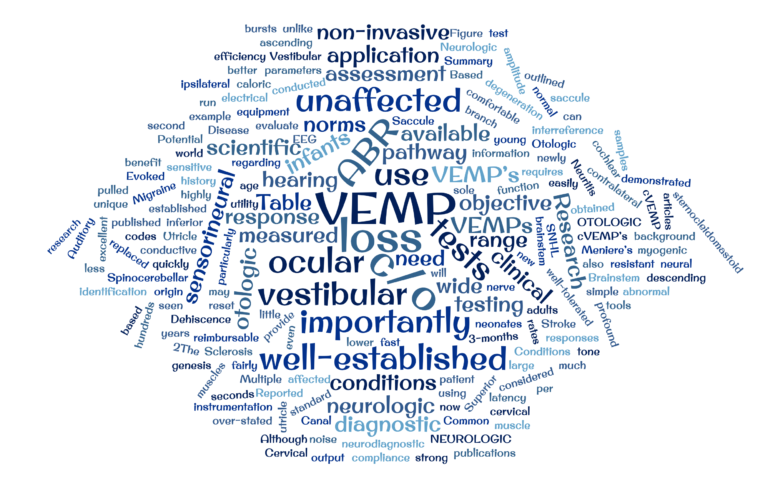Winds of Change, Impacting Patients with Virtual Patient Management. Part 2 of 2.
By James Benson
Second of three articles. Following the implementation of a successful virtual patient management pilot, QM2 moved forward with lessons learned and developed patient engagement strategies focusing on the right patient, the right intervention, at the right time, through the RIGHT channel.

“When something really great happens, what do you do? You share it,” said James Benson, President and Founder of QM2 Solutions as he reviewed the results of its early virtual visit programs. “In the spring of 2020, we had virtual visit pilot programs at ENT Hearing Associates of Florida, Colorado ENT and Allergy of Colorado Springs, and South Carolina ENT in Columbia South Carolina. Each group had different needs and patient types, but the volume and value of the patient engagement was clear. How could QM2 easily adapt and share the successful programs with others in the hearing industry?
First, the basics. QM2’s approach to virtual care focuses on asynchronous ‘e-visit’ and ‘check-in’ technology for patients to complete virtual visits, then driving other patient engagement through in person visits, telemedicine, remote programing and testing. QM2’s technology includes patient outreach using text or email providing notifications and encrypted links for patients to connect to their clinicians. The ability for patients to simply connect with their provider when they have an issue, and the ability for the professional clinician to triage responses based on the patient’s relative need, satisfied two seeming incongruent objectives: 1) Increase the number of quality patient engagements; and 2) Save time through a focus on triage and automatic connections.
Next, QM2 created targeted hearing outreach programs around three patient types, 1) Acute- Connecting to hearing aid patients with current technology or care needs; 2) Chronic follow-up: Directing on-going engagements to diagnosed, but untreated hearing loss, and on-going conditions like dizziness and imbalance issues with fall risk; And 3) patients who are seeking answers or help with non-diagnosis hearing issues or concerns.
In the start of the fourth quarter of 2020 QM2 launched the hearing aid virtual patient management program at groups in Alabama, California, Florida, Texas, and Wisconsin. The results of these implementations drove significant patient interactions and ongoing care.
On average, 50% of hearing aid patients open and read virtual visit messages from the practices (emails or texts announcing the program and providing a link into the SEngage portal), while 20% of patients completed hearing aid virtual visits when provided the connection. That means, for every 2000 SEngage patient engagements, over 400 patients completed virtual visits.

The data is instructive. 43% of hearing aid patients completing virtual visits report a change (or suspected change) in their hearing and a declining ability to communicate. 50% of hearing aid patients have identified features and functions they wish worked better (or were included in their hearing aids.)
As QM2 began to help clinicians prioritize responses, we found that “somewhat happy” patients report a 49% change in hearing, and that 76% of “somewhat unhappy” patients report changes in their ability to hear and communicate. Working with clinicians we found that “somewhat” patients often not been seen for years, not attending clean and fit appointments, been re-tested or attended product “events”. Yet, re-engaging these patients through virtual channels, making it easy for them to communicate their needs, drives impact. These two-way engagements pointed to additional testing, adjustments, and sometimes, new technology or treatments. Audiologists are surprised when they note the number of patients re-engaging the patient and the impact, they are having by re-connecting to these patients.
To determine the impact of this type of care on the business of audiology, QM2 looked at its customers’ ratio of experienced hearing aid patients beyond three years of use to the number of units sold to experienced users. What have they discovered? Most selling hearing aids to less than 5% of the eligible patients in their database per year and that implementing a virtual patient management program can increase the number of units sold by 30% year over year.
The final article in this series will speak to clinician techniques, what is next for virtual patient management to drive better care and increased business.
Don’t want to wait for the final article? Learn more today!








